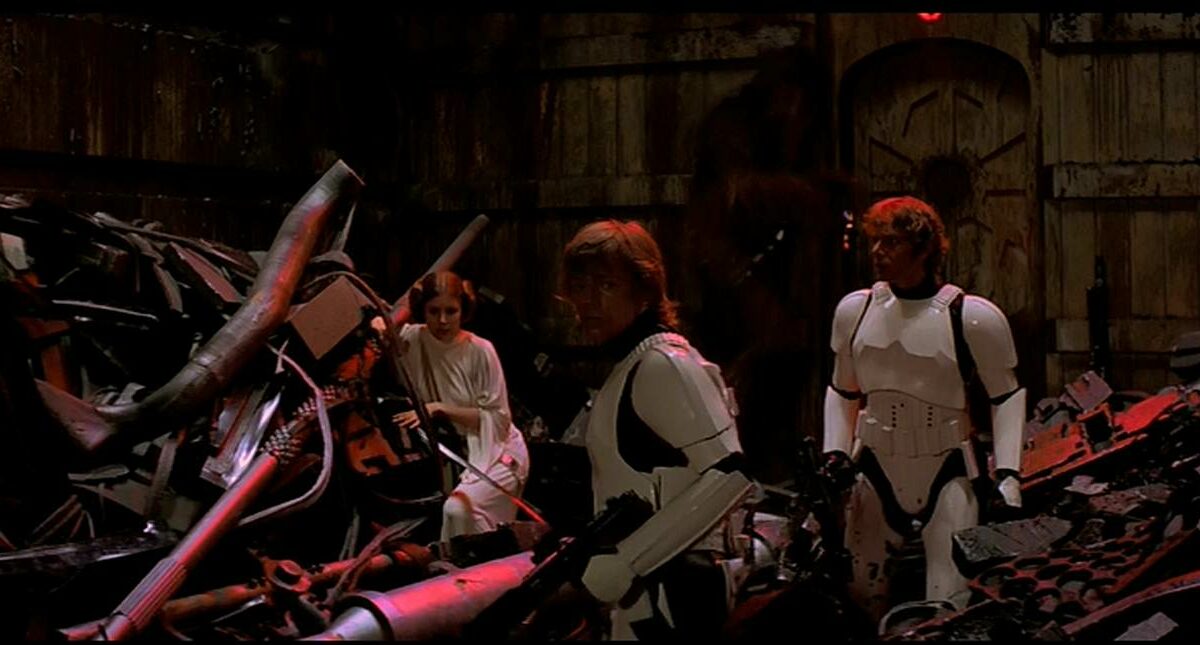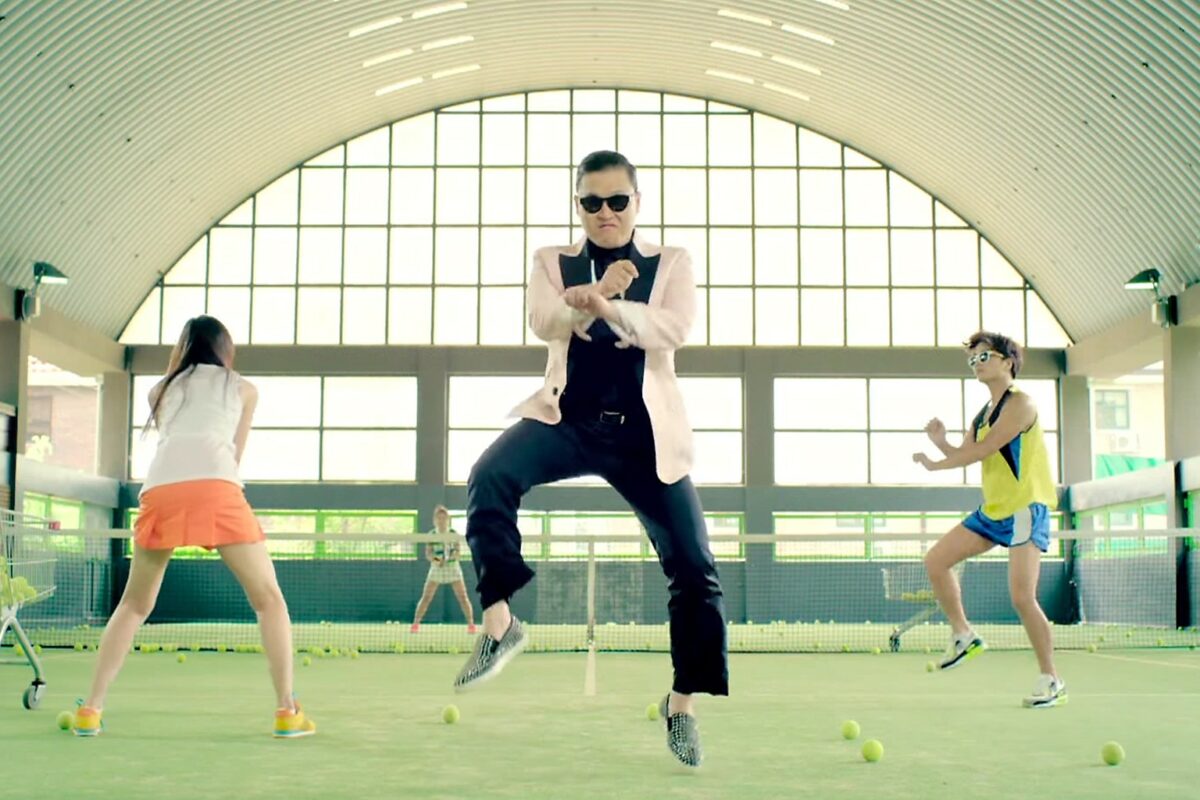Everyone loves a good story, and the critical strength of heritage brands is that they have such stories in abundance.
Little wonder then that as American consumer confidence starts to look up, the brands that remind consumers of what they have, where they are and where they’ve come from are doing well. It’s a timely reminder of just how much the story of a brand links to the narrative that buyers run in their own minds of the lives they lead and the lives they would lead if they could.
While we often think of heritage brands as one genre, they exist in a range of sub-categories with different emphases and visual treatments. Natural heritage branding for example is all about ruggedness, generational history and of course the great outdoors. Contemporary heritage brands take some of their cues from what has been but place the marques firmly in today, interweaving old references with bold contemporary visual themes to deliver brands that are both respectful and immediate. Craft heritage brands tell a deep artisan story – slower, older, more patient, perfectionist.
Heritage brands, it strikes me, are brands centered on legend and mythology. They deliver because they carefully work their history to link buyers to an often romantic view of the world as it was or as we would have liked it to have been. There’s an authenticity and a simplicity of spirit that consumers find intriguing and beguiling, in a world where today everything seems so rushed and artificial.
The biggest learning for storytellers from these brands is that they pace their stories, and more specifically, the recounting of their histories to the ‘speed’ of the brand’s appeal. Heritage is a slow moving story. It requires constancy first to give the brand authenticity, and adaptation second to stay current with the changing aesthetic and priorities of buyers. A Timberland boot is not as much about this year’s colors as it is about continuing the Timberland legacy. The appeal of the brand lies in the careful selection of what is spoken of, and what is not, of what doesn’t change and what does.
That’s not an easy thing to get right. Most brands that go the distance have a complex and nuanced relationship with their past. Some, like Chanel, have triumphed. Others have lived in the yesteryear, competed in that mindset and paid the price. Others still have abandoned their legacy altogether only to find themselves in no-brands-land.
Richard Becker has a nice perspective on the options facing brands in terms of how they sustain their appeal over time. He talks about three choices: brands can change their relationship with their customers to keep pace with the changing needs of those buyers as they mature (the constant relationship); or they can focus on a specific demographic and top it up with new customers as people leave or opt for new choices (the constant lifestyle); or they can look to define and consequently develop new relationships with new customers (the evolving icon). My takeaway for heritage brands, using Becker’s framework, is that the really strong storytellers focus on a specific nostalgic ideal and draw people closer to that while at the same time continuing to position themselves as relevant to society today and consumers’ changing needs.
It’s strange but true that a brand’s history has the potential to be a source of inspiration, distraction, or destruction. As someone who loves the discipline of history itself, I think too many people fall into the trap of thinking of their chronology as what they have done. But history is the study of sequences – causes and consequences, not just events. Therefore the questions that brands looking to draw on their history need to be asking should be ones that, ironically, look to the future: what have we learned along the way (that we didn’t expect)?; what happened when we did and didn’t learn?; and how can we draw on what happened to prepare us (as best we can) for whatever may lie ahead?
It’s one thing for a brand to have a heritage – but what really counts is what you do with it and how you talk about it, among yourselves and with your buyers.
The Blake Project Can Help: The Strategic Brand Storytelling Workshop
Branding Strategy Insider is a service of The Blake Project: A strategic brand consultancy specializing in Brand Research, Brand Strategy, Brand Licensing and Brand Education





4 comments
Caroline B.
July 7, 2015 at 12:51 pm
Great post. I think it’s interesting that you used Timberland as an example, as their brand was effectively “hijacked” in the 90’s by a demographic dissimilar from their traditional target in many ways. Timberland’s management was none too pleased by their new fans initially, but eventually embraced them.
I’d be curious about your take on what legacy brands should do when adopted by a group of consumers that fall outside of their traditional target. How does a brand know whether to actively cater to a new group?
markdisomma
July 8, 2015 at 1:15 am
Hi Caroline – great question. The other example I always think of, of course, is Doc Martins. And I guess some clue of how to proceed comes from the question “What do they see in us – and is that something we want to encourage?” Handled well – there’s the chance to open the brand to a new demographic perhaps in a completely different way. For brands that would prefer to discourage such adoption because they’re uncomfortable with the new fan base, the Timberland approach is probably right. Stop. Wait. And see what happens. You might just be looking at an audience that you will want to embrace later – just not yet. Thanks again for your thoughts.
Matthew
July 8, 2015 at 7:34 am
Mark, you are truly an insipiration & gifted story teller in yourself.
This article & the soulful branding / marketing post (to name but a few.) deeply resonate with myself as a 24yr old marketing manager for an iconic fashion brand.
I can’t tell you the amount of hours-weeks-months we spend on getting a campaign presence right & at the end of it all, I still believe that it’s time in which truly gravitates with consumers. Time to understand the brands history & embrace its future. The “Waves” effect. Icons being the waves, unique trendy brands being the surfers & well Nike being the ocean. ha!
markdisomma
July 8, 2015 at 2:56 pm
Nice analogy Matthew. And it’s so hard isn’t it – in a world where we all feel so pressured – to preserve that sense of time and yet remain timely?
Comments are closed.